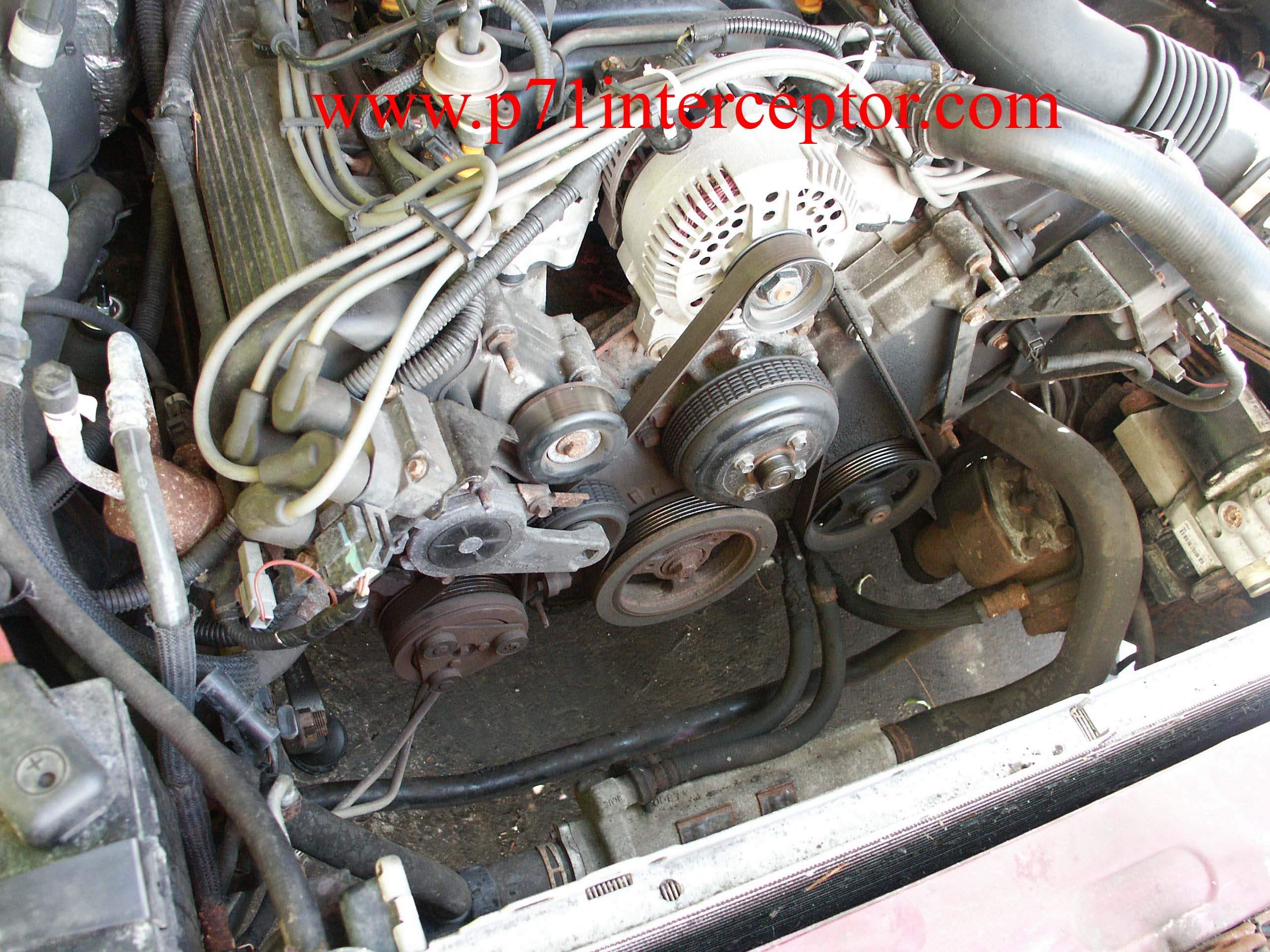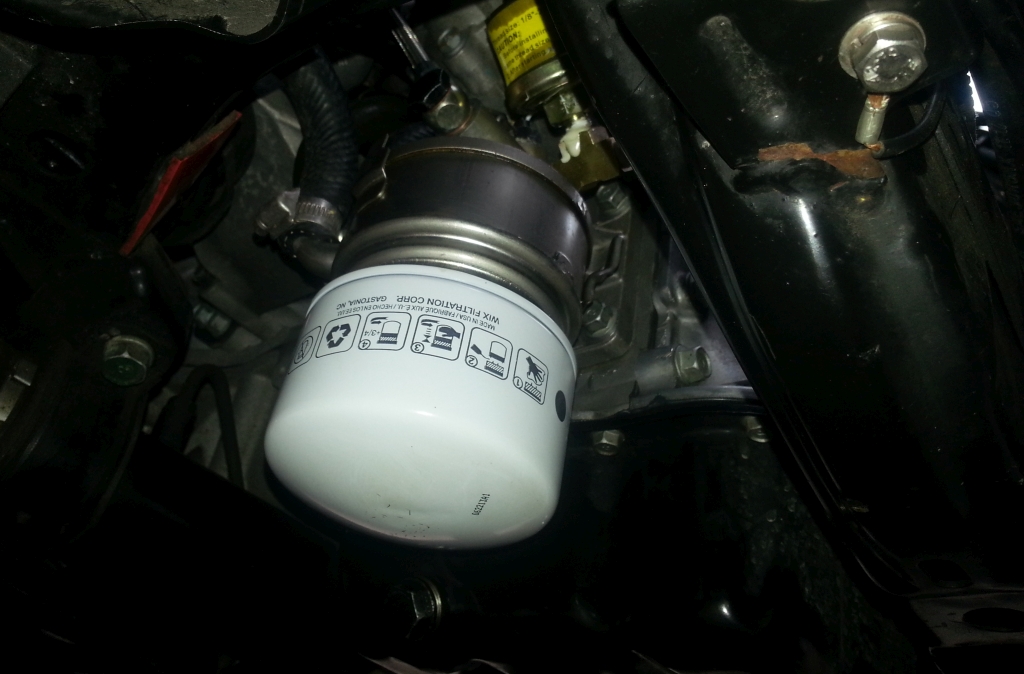Soak_n_Fused
Thread starter
BlackBeard That is some dam good advise actually probably the best ive had yet
I cant find a thermostat that opens up as hot as these people are saying and on top of that when I pull in the summer with a thermostat that high id have to have a large cooler instead of a medium one
any idea on the routing for the water on that cooler
Is that something I just run inline with the heater core?
I cant find a thermostat that opens up as hot as these people are saying and on top of that when I pull in the summer with a thermostat that high id have to have a large cooler instead of a medium one
any idea on the routing for the water on that cooler
Is that something I just run inline with the heater core?





